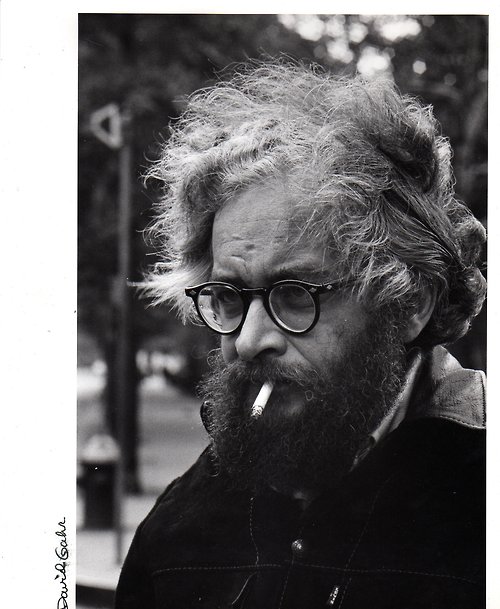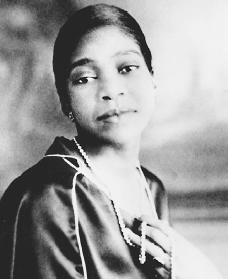
So, here we are. The final entry in this project. It's been an extraordinary journey that has taken me through hundreds of years of history and thousands of miles, all without leaving the chair in front of my speakers. I have listened closely to music I have heard thousands of times before, and in so doing I have heard that music afresh. I have listened to the music of the
Anthology of American Folk Music one track at a time, the way it was heard by its original audience in the 1920s and 30s...and the way a young Harry Smith would have heard it, too. And after more than a year of listening to two sides a week, over and over again, until every pop and hiss was as familiar to me as the sound of my own heartbeat, what have I learned?
The first thing I did after writing the last entry was to listen to the entire
Anthology straight through, in order to experience it once again as a whole. In so doing, I have drawn a few conclusions, which I will set down here:
1) The
Anthology was compiled at the dawn of the LP era, which is a fact that should not be overlooked. Until the advent of the LP, there was only one way to listen to recorded music: One song at a time, one side at a time. A record was a short-lived pleasure. After a little more than three minutes, a side was finished. At that point, you had only a few options. You could play the side again, turn the record over and listen to the flip side, or you could put on another record. That was it. The LP changed the way people heard music. Suddenly, a side's worth of music wasn't a little over three minutes, but twenty minutes. Freed from the time constraint of the 78, artists could stretch in ways that hadn't been possible just a few years earlier. And it took a long time for the potential of the LP to be realized. But Harry Smith saw that the LP allowed music from the 78 era (which was already in danger of obsolescence) not only to be preserved, but to be reformed into something that commented on the music, its era, and on the present as well. One might argue that by compiling the
Anthology, Harry Smith invented the mixtape, the bootleg, and the historical reissue as we know them. The historical reissue part speaks for itself. The
Anthology was a mixtape in that Smith took the music created by others to make a unique personal statement. It was a bootleg in that almost all of the music included was under copyright to various extant record labels at the time. It is important to remember that prior to this moment in history, none of these things had been possible. Harry Smith was looking backwards in terms of the music he preserved, but he was looking forward in the way he preserved it. It's strange to think that Smith was on the cutting edge of technology as he was making available music that represented a lost part of America's cultural history. In that sense, a song like
"Peg and Awl," a song about the industrial revolution, stands as an emblematic selection. "They've invented a new machine," the Carolina Tar Heels sing, "Prettiest thing you've ever seen." Indeed, they had invented a new machine. It spun at 33 1/3 RPM.
2) As I've noted before, much has been made of the sequencing on the
Anthology and how Smith did not place the songs in a chronological sequence according to recording date. But as we've seen throughout this project, Smith did not sequence the songs randomly. Beginning with the "Ballads" volume and continuing at least through the two discs of the "Social Music" volume, the tracks are sequenced chronologically by the age of the song in question. On the "Songs" volume and the "Lost" volume, the songs are usually sequenced thematically. In many cases, Smith placed songs on similar subjects in sequence. In some cases, Smith chose songs that echoed one another lyrically or musically. This was, once again, something that could not have been done during the 78 era. The very idea of arranging songs on a recording in any kind of sequence was something unheard of, impossible, just a few years before.
3) I've tried to resist the temptation to romanticize the world described in the music heard on this collection. That it sounds so alien is one of the reasons it is tempting to imagine that this music represents a "simpler" time. I submit that when taken together, the world represented on the sixteen sides of
Anthology is nearly baffling in its complexity. There's nothing simple about a world that demands a song like Rev. Sister Mary Nelson's
"Judgment" or Bascomb Lamar Lunsford's
"I Wish I Was A Mole In The Ground." Not because the pressures that led people in the 20s and 30s to wish for a just God's vengeance or for a sense of home were so alien to us today. Quite the opposite. These songs show that people then were just as lost in the world as we are today. We love and hate and die just as they did. We all know that the
Titanic sank in 1912. We forget that it also sank in 1941. And in 1968. And it 2001. Because man never stops building "unsinkable" ships, and fate never fails to sink them.
What's left is the music, and in the end, that's all we need.
Thank you for following this blog and for your moral support of the last year. Enjoy the music, because the music is all that remains.




